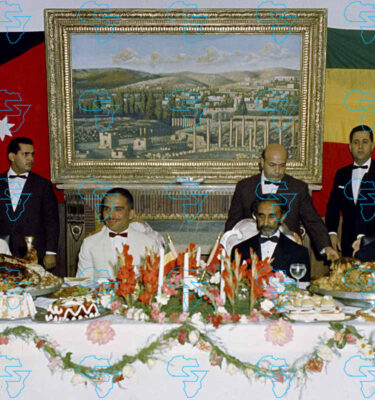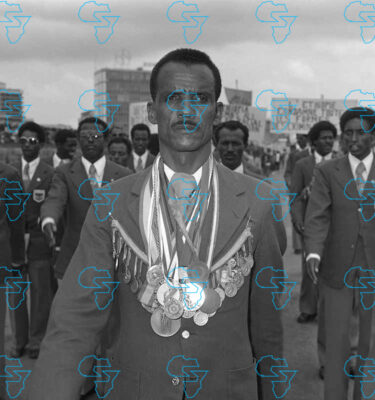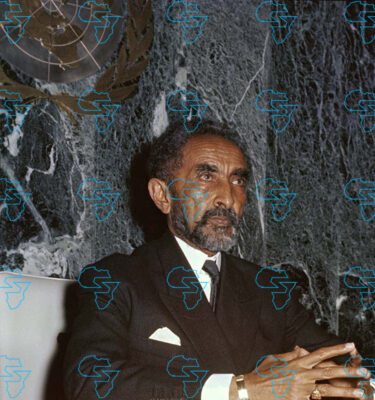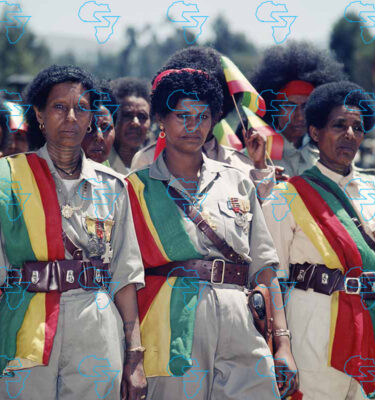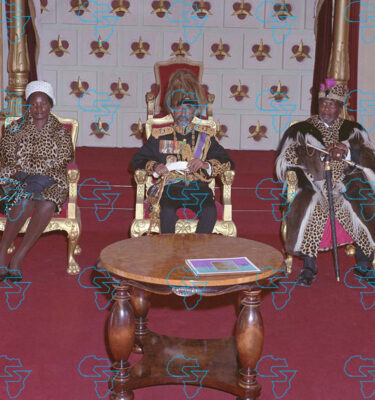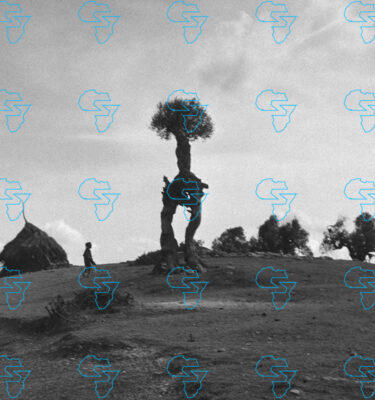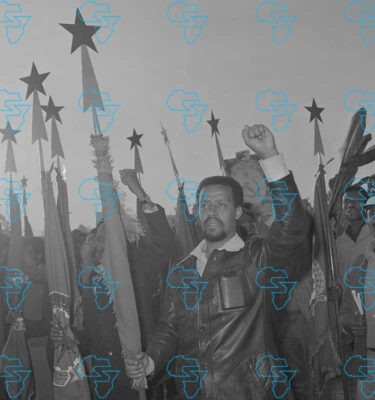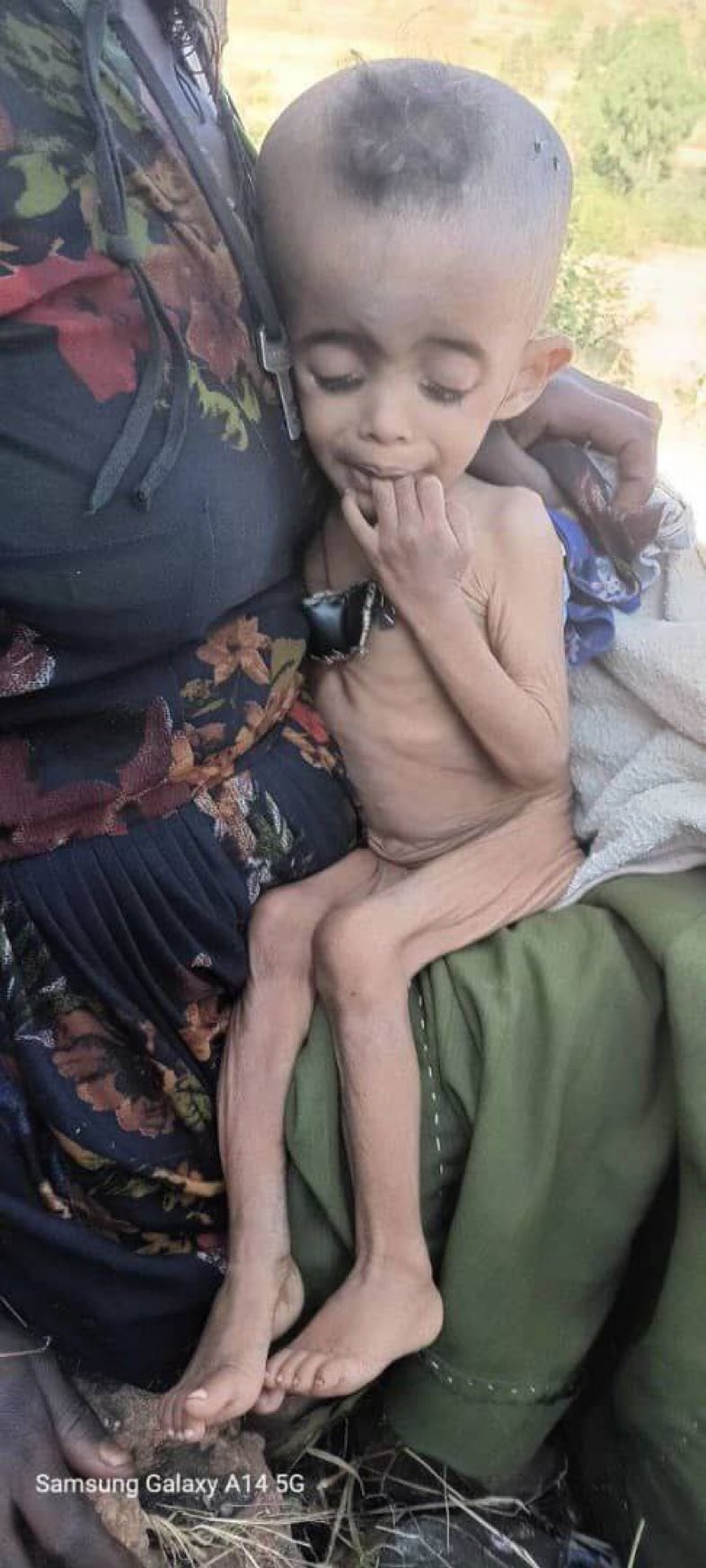
The situation in Ethiopia’s Amhara region requires immediate international focus. The government led by Abiy Ahmed is perpetrating war crimes, employing tactics such as starvation and continuous drone strikes against civilian populations. It is imperative for the global community to intervene promptly to halt these egregious violations.
The urgency for immediate humanitarian aid has escalated to critical proportions, necessitating swift access for organizations committed to providing essential support to those affected by the ongoing crisis. Esteemed organizations, including the United Nations, Red Cross, Amnesty International, and Human Rights Watch, have highlighted the pressing need for intervention to mitigate the suffering experienced by impacted communities.
Humanitarian organizations are calling for unrestricted access to regions devastated by violence, stressing the necessity of ensuring that aid reaches those in urgent need while protecting civilians from additional harm. The preservation of human life and dignity is of utmost importance, and these entities are advocating for strategies that will enable the secure delivery of assistance in areas of conflict.
Additionally, there is an increasing call for accountability concerning human rights violations that have occurred during the conflict. The international community is urged to ensure that those responsible for acts of violence, including targeted assaults on civilians, sexual violence, and property destruction, are held accountable. Moreover, there is an urgent requirement for diplomatic efforts aimed at promoting peace negotiations and facilitating the safe return of displaced persons, with organizations such as the African Union and the United Nations playing crucial roles in these initiatives.
It is essential for the international community to acknowledge and address the grave human rights abuses and the persistent humanitarian emergency in the Amhara region of Ethiopia. The circumstances have worsened considerably due to enduring ethnic strife, political instability, and armed conflict, particularly following the outbreak of the Tigray War in 2020. Presently, the Amhara region faces a multitude of challenges, including widespread displacement, increasing violence, and pressing humanitarian needs that demand immediate intervention.
The Amhara population has endured significant suffering under the regime of Abiy Ahmed, characterized by ethnic violence and forced displacements within the broader context of the Ethiopian conflict. Armed confrontations among government forces, insurgent factions, and local militias have caused extensive damage to civilian life, leading to loss of life, occurrences of sexual violence, and the destruction of homes and means of subsistence. Additionally, the involvement of Amhara militias in violent actions against Tigrayans and other ethnic groups has sustained a devastating cycle of retribution, further complicating an already dire situation.
The escalating violence has further deepened the humanitarian crisis in the Amhara region, leaving numerous communities without access to vital resources such as food, clean water, healthcare, and proper shelter. The urgent demand for humanitarian aid is clear, as countless individuals and families struggle to fulfill their basic needs amid the turmoil. It is imperative for international organizations and governments to prioritize this crisis and take effective measures to alleviate the suffering of those impacted.
A significant number of individuals in the Amhara region have been compelled to abandon their residences, resulting in a substantial population of internally displaced persons (IDPs). These individuals are currently residing in overcrowded camps that offer inadequate facilities for sanitation, healthcare, and educational opportunities.
The persistent conflict in the area has severely hindered the ability of humanitarian organizations to deliver essential assistance. This has led to alarming rates of malnutrition, the emergence of disease outbreaks, and a critical shortage of medical services, particularly impacting vulnerable groups such as children and the elderly.
Access to aid remains a pressing issue, as the Ethiopian government has faced criticism for imposing restrictions on entry to the most affected regions. These limitations have obstructed relief efforts, preventing humanitarian organizations from effectively reaching and supporting the populations in dire need of assistance.
.
.
.
#Urgent #Humanitarian #Crisis #Amhara #Addressing #Essential #Ongoing #Violence
Source link



